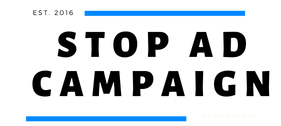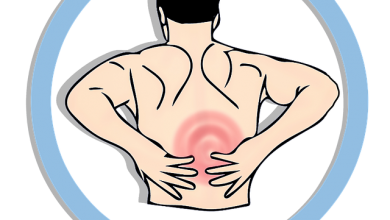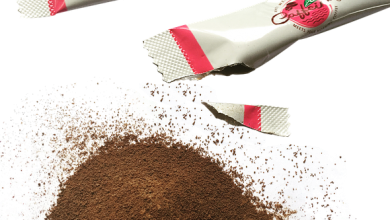Health
Don’t Knock Universal Health Care Till You’ve Tried It

Everyone in the country these days is going off the deep end, it seems, debating the values versus perils of government-sponsored health care. On one hand you have those demonizing it as communism, declaring we’re all doomed to having our elderly relatives killed off by doctors, and everything we hold sacred as Americans ripped out from under us. Then there is the side claiming they don’t want to be taxed to death by those who will be using the system (in other words NOT them, they’ll never get sick!) and none of this would be happening if it weren’t for Barack Obama. Will everyone please just calm down for even a second and take a look at reality?
The truth is this nation has the highest health care costs on earth and little to show for it. Oh, yes, we have all the fancy gizmos like MRI equipment, botox, transplants of just about every bodypart you can think of. Does this apply to every person in need, though? What about the elderly cancer patient on a low fixed income? Or how about the student on her own with no wealthy relatives to help out, who gets meningitis? Or the numerous out-of-work Americans with no health care plan, no retirement funds to plunder, who are also losing their homes? Tell THEM they don’t need help, just tough it out and quit whining.

Coming from a bi-national family background (a “border baby”, with an American father and Canadian mother) I’ve had the wonderful experience of having lived in another country at one time. Having been born in Detroit, and brought back to Ontario by my mother once her marriage broke up, I grew up in Canada. There was no universal health care system there until the mid-’60s, and subsequently I missed out on many of the health needs a young child should have met. Once Ontario implemented the OHIP (Ontario Health Insurance Plan) system, it became possible for many people of that province to get care they required. Myself, I wasn’t in the program until it became possible for me in my twenties; not much long after that, the provincial government extended that availability to all residents, and this gradually spread nation-wide. Until you’ve been told you need surgery and don’t have to wonder how to pay for it, you can’t possibly appreciate the justice of such a system. It’s a crime against humanity for the poor to have to suffer and even die in some cases simply due to a lack of funds.
For those concerned about the prospect of paying through their tax dollars for frivolous surgery such as breast implants, the universal system as practised in Canada doesn’t cover cosmetic surgery. It also has no coverage for glasses, dental or drug costs unless you’re a senior citizen. There was also a brief period when doctors were allowed, in the late ’70s and early ’80s, to opt out of OHIP. There were even strikes by physicians, and many had already left for the greener grass of the US. Many also returned, disgusted because they were unable to collect their fees. At least they knew back in their homeland they’d get paid, even if there was a cap on what they could charge patients.
Another point made against government health care here is the long waits for treatment. Admittedly some waiting rooms I’ve seen in Ontario had long lineups. I have seen far, far worse situations, though, when living in California, with no insurance whatsoever. On an occasion where I had a serious eye injury, the patients spilled out of the waiting room onto the stairs outside. This was a clinic that did not take any insurance, and I was told the wait would be AT LEAST 8 HOURS. God knows how long some of the people sitting there with sick, vomiting, wheezing kids had already been waiting. Luckily I was able to find another clinic that only had a 2-hour wait, eventually. Had I needed immediate attention such as for a heart attack, who knows what the outcome might have been?
Certainly there needs to be open dialogue about health care reform, and the entire prospect needs careful drafting. Let’s not be reactionary, however, and automatically reject the idea. People get sick and injured, no matter what their bank accounts hold, and all should be regarded as equally deserving of adequate basic health care as a human right. So what are you waiting for? Go now and get your [google_bot_show][/google_bot_show]errors and omission insurance offered by laplayainsurance for quality and efficient insurance policy and swervcies.






